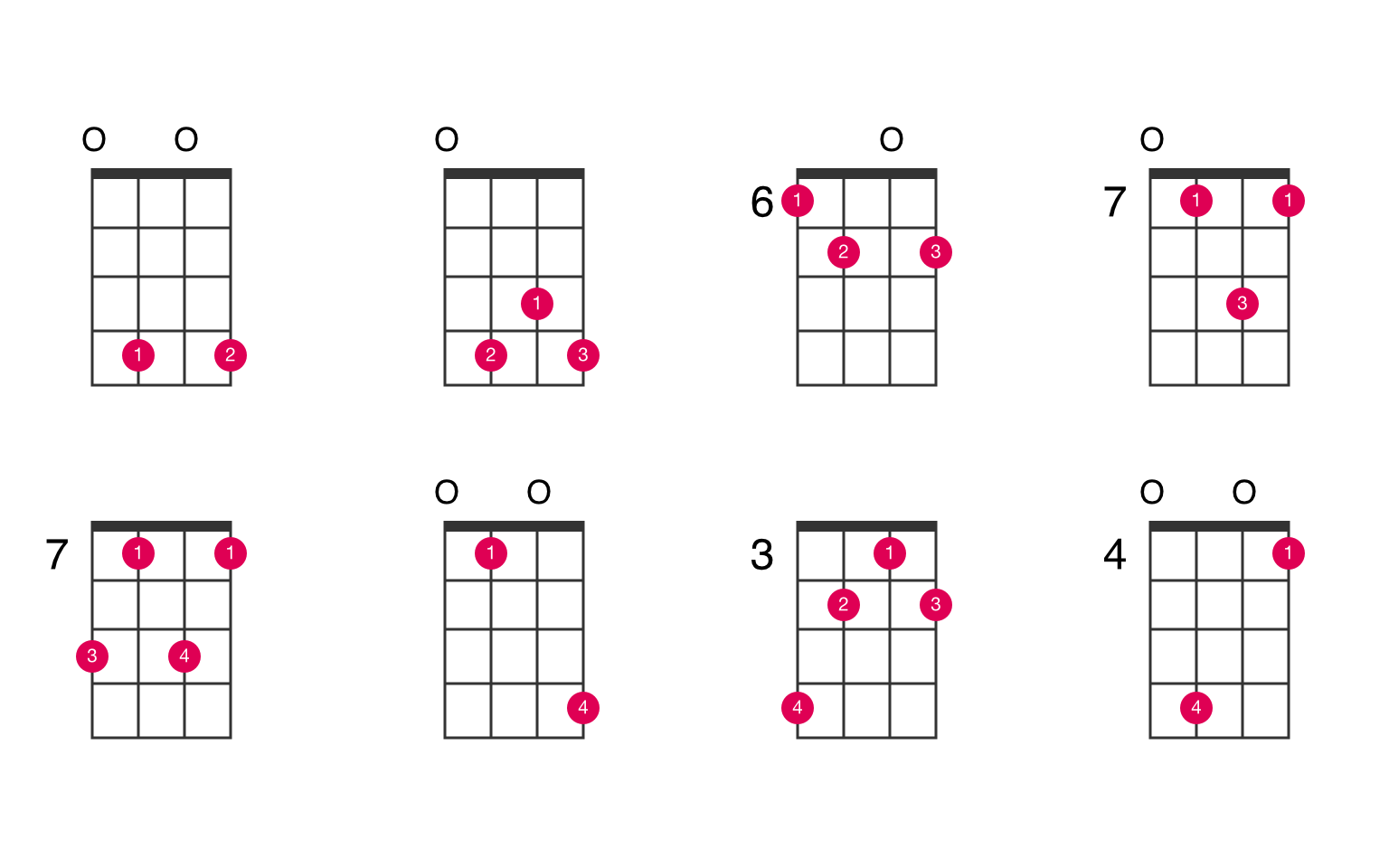

One you are happy with this why not play piece no. Remember the three rules for playing exercises: i. You should now try the first sequence, B natural to top C, tonguing each note, remembering to use a short firm stroke immediately followed by the correct amount of air flow, and, once you are happy with this, try the sequence G, A, B natural and top C. This is something we will cover in a separate lesson about tone colour and the characterisation of the musical line. This is where the intelligent use of your limited reserves of air becomes a determinant in how convincing you will be in projecting and characterising a musical line, even one filled with slow moving high notes. To be sure, it influences the character of the note but, except when playing lots of fast passages, it is what you do with the notes after you have tongued them that will impress your listeners most.

Remember, tonguing is a very short process in the production of a note. Slurred sequences tell you a lot about your instrument, about the tuning and the air flow requirements, and a good player uses this kind of playing to learn as much as he or she can before trying the same sequences with every note tongued. You should sense the increasing demand for air as you move from G to top C. Awareness of your body's air capacity is another important ingredient in playing high notes with confidence.Īssuming that you are now able to slur this sequence, try another slurred sequence, namely, middle G, A, B natural and finally top C which again you should hold for as long as you can. If you find yourself running out of air, stop the note cleanly before your reserves of air are exhausted. Try it a few times until you are happy, first, that high B is sounding freely, and second, that you can hold top C for a quarter of a minute if not longer. On most recorders, you should need no greater flow of air for top C than you are already using for top B. It is vital in this exercise that top B speaks freely and is sustained, before you raise the second finger of the left hand to slur up to top C. We recommend starting from top B, the note introduced in the previous lesson.

You will remember, by now, the trick we have been using to learn how much air the high notes need to sustain them, and here again we will choose a sequence of notes to discover how much air top C requires. Next, study the chart to learn the correct fingering for top C. Many times before, we have stressed the importance of a small thumbhole opening. So, let us consider each of these matters in turn. And yet, top C is like every other note on the recorder it needs the correct thumb position, the correct fingering, the correct tonguing stroke and a sufficient amount of air to support it once the tonguing stroke has done its job. For most players, difficulties with the very highest notes on the recorder arise from a poor technique and a corresponding lack of confidence. However, for the beginner, this note arrives with a fearsome reputation. When one has been playing the recorder for many years top C, the name we give to C in the third octave, holds few, if any, fears.
#THE NOTE C HOW TO#
How To Tongue The Note C in the Third Octave Using the standard nomenclature, the fingering for third octave C is written X 1 4 5. Below that we give the standard fingering for this note, theįingering you would use under normal circumstances. Click on the play button in the Sibelius score The twenty fifth note we learn, C in the third octave on the descant (soprano) recorder, lies on the second leger line above the treble clef. How To Finger The Note C in the Third Octave Home :: resources :: music theory & history :: recorder lessons :: music dictionary :: physics of musical instruments :: e-monographsĬontents :: help page :: first things first :: fingering charts :: glossary of recorder terms :: Quick C :: Quick F :: comments or queries?įirst Octave :: Second Octave :: Third Octave:Ĭ :: C#/D b :: D :: E b/D# :: E :: F :: F#/G b :: G Dolmetsch Online - Recorder Method Online Descant C natural


 0 kommentar(er)
0 kommentar(er)
